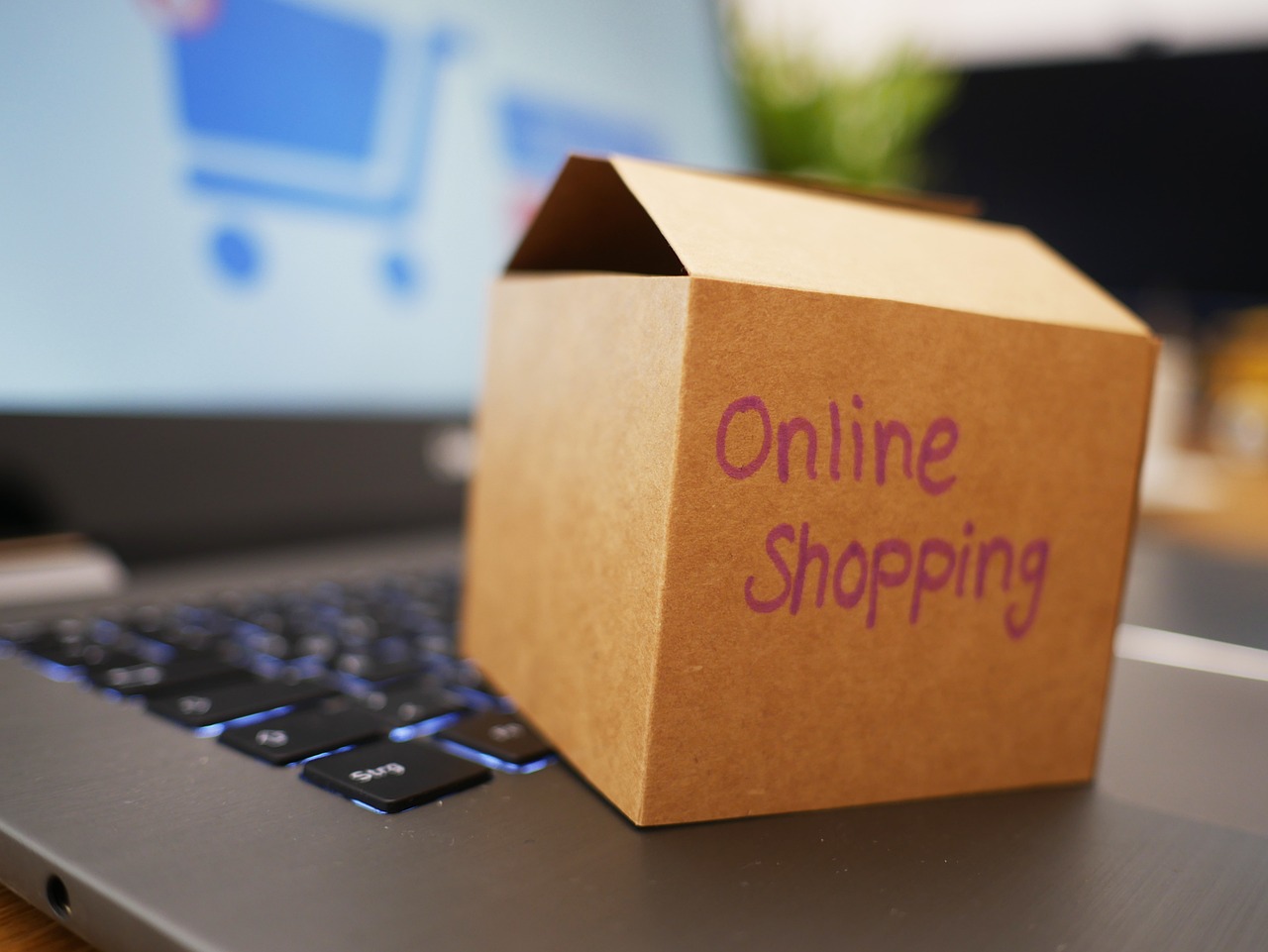Each time you click “Buy Now,” you’re doing more than placing an order. You’re generating a data point. That casual late-night purchase of a skincare product, the last-minute birthday gift sent across the country, or the monthly replenishment of pet food—these transactions, multiplied across millions of consumers, create a dense web of behavioral information.
In the age of online shopping, our digital footprints aren’t just shaped by what we browse or search for—they begin the moment we complete a transaction. From the checkout page onward, a trail of data is created: timestamps, delivery preferences, carrier choices, return habits, and more. Even searching for Shein tracking after a fast-fashion order becomes part of this loop. This trail quietly shapes the way retailers interact with us, and in some cases, the way we interact with ourselves.
The Quiet Story Told by Your Orders
At first glance, our order history may look like a list of practical decisions. But taken together, these purchases reveal patterns that reflect far more: our lifestyle changes, seasonal habits, even emotional shifts. A spike in workout gear in January, multiple tech accessories ordered before a work trip, a string of impulse buys after midnight—each decision hints at broader rhythms.
This is the kind of insight that marketers study to target promotions, but it’s also information consumers can reflect on. How often do we look back at what we’ve ordered over the past year and ask why? Not just what we bought, but what it says about us. Convenience is the surface, but underneath lie priorities, behaviors, and values.
Delivery Choices As Self-Expression

It’s not just what we order, but how we choose to receive it. Do we opt for same-day delivery? Pick-up at a locker? Wait for standard shipping to save a few dollars? Our delivery preferences are an extension of our daily routines and our sense of urgency.
Fast shipping often suggests a desire for control or instant gratification, while consolidated shipping or eco-delivery options may reflect environmental consciousness or flexibility. Over time, these choices accumulate into a profile—one that logistics companies and online platforms quietly learn from and optimize around.
Tracking, too, has become part of this behavioral loop. Searching “track my package” is no longer a rare action but a regular part of the post-purchase experience. Some consumers check tracking statuses multiple times a day, not necessarily out of need, but because they can. The rise of third-party tracking tools that consolidate updates across different couriers shows just how central that desire for visibility has become. Services like Ordertracker, trackingmore or 17track, which unify shipment information regardless of the courier, appeal to users who want a single, simplified view of multiple packages in transit—especially for international orders or peak shopping periods.
Beyond Convenience: Control and Reassurance
There was a time when waiting for a delivery was a passive experience. Today, it’s interactive. Notifications, estimated delivery windows, and tracking maps have transformed shipping into a dynamic part of the customer experience. Consumers don’t just want updates—they expect precision.
This shift isn’t just about logistics. It speaks to a deeper human need: the desire to feel in control. In a world where so much is unpredictable, knowing that a package is “out for delivery” or has “arrived at the local facility” offers small but tangible reassurance. It’s a digital breadcrumb trail that tells us things are working as they should.
Yet, this level of detail also heightens sensitivity to disruption. A delayed update or ambiguous status can quickly create anxiety, especially when the item is time-sensitive or high-value. Tools that provide broader, cross-border insights—particularly in the context of international shipping—have become quietly essential for frequent shoppers or small business owners trying to manage multiple deliveries.
What Happens After Delivery

Even after a package arrives, the data trail doesn’t stop. How quickly a product is opened, used, reviewed, or returned adds further layers to the consumer profile. Return behavior, especially, is scrutinized: how often, how fast, and for what types of items. Retailers may adjust policies, offer different promotions, or even limit service based on these signals.
Consumers are increasingly aware of the consequences of these habits, but not always in control of the narrative. A high return rate, for example, could reflect sizing inconsistencies from the seller—but it still becomes part of your behavioral record.
There’s also a growing interest in visualizing and reclaiming this data. Just as fitness apps offer dashboards of your activity, some services allow you to view your shipping history, track the environmental impact of your deliveries, or analyze your shopping frequency. It’s part of a broader trend: turning invisible digital behavior into something transparent and actionable.
The Footprint You Didn’t Know You Were Leaving
We often associate the term “digital footprint” with browsing history or social media activity. But in reality, some of our most revealing digital traces are formed in the background of daily routines—through commerce, convenience, and the choices we make with little thought.
Understanding the path your package takes isn’t just about knowing when it will arrive. It’s about recognizing the data trail it leaves behind, and the mirror it holds up to our lives. In the seemingly mundane task of shopping and shipping, a modern portrait emerges—not just of what we buy, but of who we are.





















